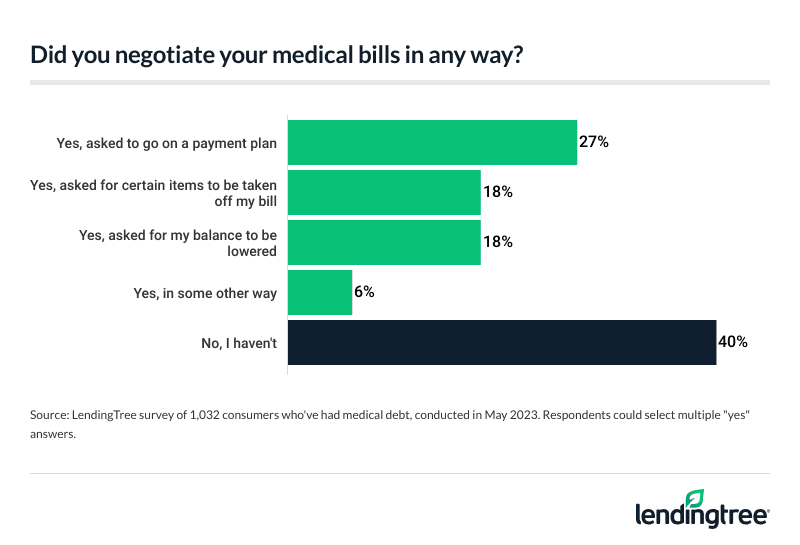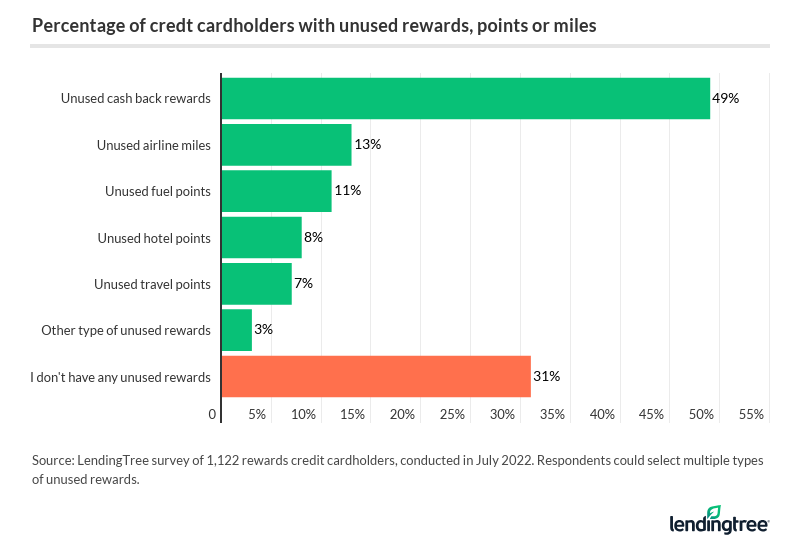Get a personal loan
If you aren’t in a hurry to get cash, you may want to look into a personal loan. APRs for personal loans currently range from around 5.99% to 35.99%. If you have a good credit score, a history of on-time payments, a steady income and a low debt-to-income ratio, you’re likely to be offered an interest rate lower than what you’d pay on a credit card cash advance. Personal loans offer set monthly payments and repayment dates, and interest generally doesn’t start accruing from day one.
Do a balance transfer to another credit card
If you’re trying to make room on a credit card for a large purchase, a balance transfer might be an option. A balance transfer credit card allows you to transfer debt from one card to another. A balance transfer can significantly reduce fees and interest, making it a more affordable option compared to a cash advance. Plus, many balance transfer credit cards come with an intro APR on balance transfers, meaning you won’t pay any interest for anywhere from six to 21 months.
Request an extension on your payment
In situations where you have an unexpected expense like a major home or car repair or a medical bill, don’t underestimate the power of an honest conversation with the company’s billing department. See if they can delay the payment date or split the bill into monthly payments. Whatever you do, being proactive and acknowledging the debt will go a long way.
A LendingTree survey found that 60% of individuals with medical debt have negotiated their bills in some form. Meanwhile, 90% who asked were at least partially successful and 54% said they received exactly what they asked for.
Borrow from family and friends
Borrowing from people you know isn’t the best strategy — but in a pinch, it could be an option. Generally, your loved ones may be more willing to help you out in troubled times. They’re likely to be flexible with repayment terms and expect little, if any, interest.
The downside is that if they need the money back before you’ve repaid it, or if you don’t hold up your end of the bargain, your relationship could become awkward. If you decide to borrow from your family, create a personal loan contract, so you’ll all be on the same page.
Get early access to your paycheck
Rather than pay interest on a credit card cash advance or a personal loan, you may be able to use a mobile app to get money from your paycheck before payday. While you may end up paying a tip or a small fee to use one of these apps, you’ll likely pay less than the interest and fees you would pay for a credit card cash advance.
Three paycheck apps worth considering:
Tip: It’s a good idea to start an emergency fund to avoid a cash advance in the future. Aim to build up a savings account that has three to nine months’ worth of
expenses for future emergencies that require quick access to cash.
Do you have unused rewards in your credit card account?
You may have more cash in your account than you think. According to a LendingTree survey, nearly 7 in 10 rewards credit cardholders are sitting on unused cash back, points or miles. In fact, 40% of rewards cardholders haven’t cashed out any rewards in the past year.

Redeeming the rewards you’ve earned can save you money on everyday purchases or assist in paying down your credit card balance. Just be sure you’re not spending more or going into debt in order to earn additional rewards.





















